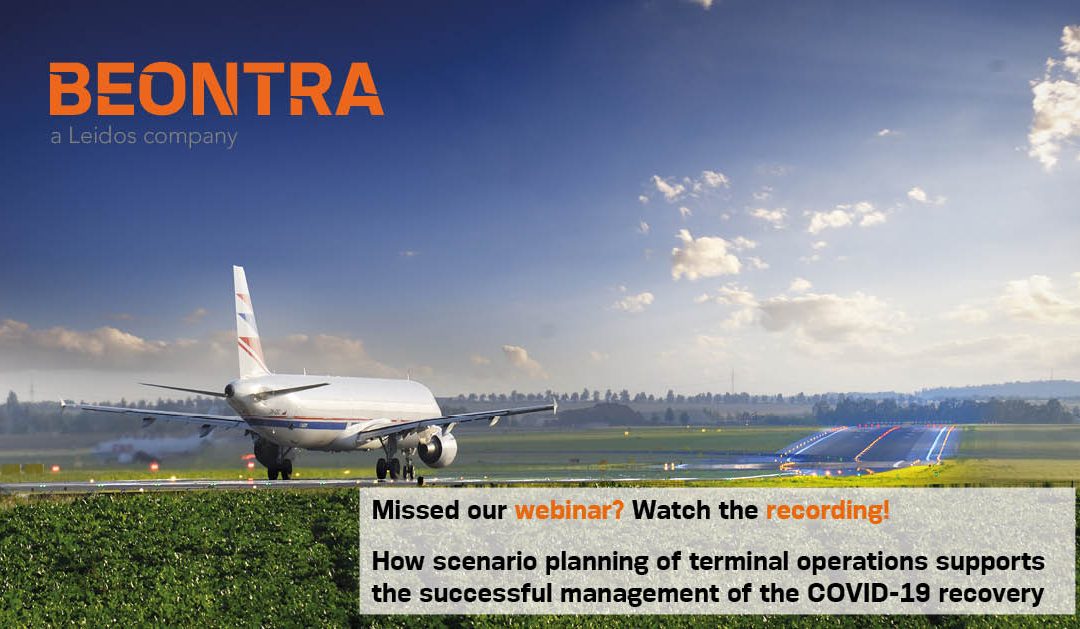Research conducted by BEONTRA reveals that more than half of all newly introduced routes have an origin-destination (OD) market size below 1,000 passengers prior to the opening. This finding proves that the common approach to use OD demand data to identify potential...

Machine Learning Helps Improve Baggage Handling Planning
After years of steady passenger growth before 2020, and a natural strong focus on optimizing passenger movement, baggage handling systems have and will continue to be a major efficiency focus for airports. With peak demand reaching, and in some cases exceeding, 2019 levels, airports will be seeking ways to mitigate the challenges in baggage handling processes.
Baggage handling systems vary in design and throughput capacity. With increased flights and passenger volume over the years, airports are finding that their existing baggage handling systems reach capacity limits quickly and cannot keep up with current throughput demands. There is a need to evaluate long-term development scenarios for baggage handling in the future.
Expanding a baggage handling system or building anew are both costly options. Hence, it is important to understand when capacity is likely to be reached, what effects changes in the process can have on throughput, and what can be done to leverage the existing infrastructure effectively for as long as possible.
Staff shortages are presenting additional challenges on baggage handling, such as screening stations and loading activities where properly trained staff are needed to effectively operate. Even though a good forecast and plan does not solve the staff shortage, it is crucial to be able to deploy the staff that is available more efficiently. An important prerequisite for this is to have an accurate baggage demand forecast that is updated regularly and accessible by stakeholders.
BEONTRA Solutions
We have recently released a new feature as part of our Operational Forecasting solution. It is machine learning based prediction of expected baggage numbers.
- View automatic prediction of future baggage numbers down to the single flight level
- Analyze local, transfer and transit bag data aligned with passenger prediction
- Gain access to key patterns, such as seasonality and special events
In addition, we have extended the flow modelling capabilities of our Terminal Capacity Management solution. All key facilities of the baggage handling system are included.
- Access all passenger and checked baggage processes covered in one integrated model
- Enjoy modelling capabilities for baggage processes in local arrival (e.g. reclaim hall processes) and departure flows (e.g. checked baggage screening, early bag storage, make-up areas), as well as transfer flows to depict the complexity of the terminal setup
- Get an understanding of baggage distributions and peaks, as well as information and suggestions for optimal setup of staffed processes (e.g. number of 3rd level screening stations required to prevent bottlenecks)
- View modelling options and capacity analysis for checked baggage screening, early baggage storage, transfer injection points, and baggage make up areas

If your focus is more short-term driven, all baggage forecasting, and flow modelling capabilities can be used as part of the Operational Terminal Awareness solution.
- Include the latest available passenger and baggage information in the predictions
- Show the effects of delays and changes in passenger and baggage numbers on your baggage flows to identify peaks and potential bottlenecks
- Providing all baggage handling stakeholders with a single common source of information and support information sharing
Contact us or request a free demo to find out more about how BEONTRA can support your airport.








